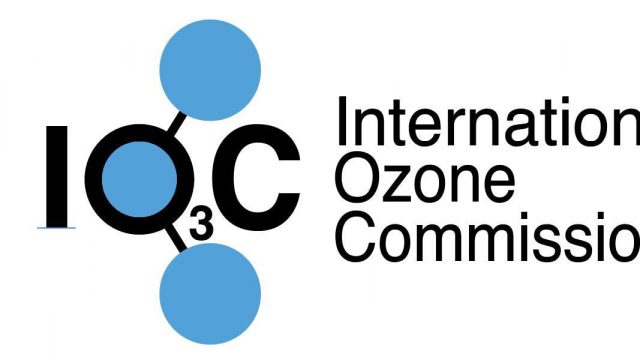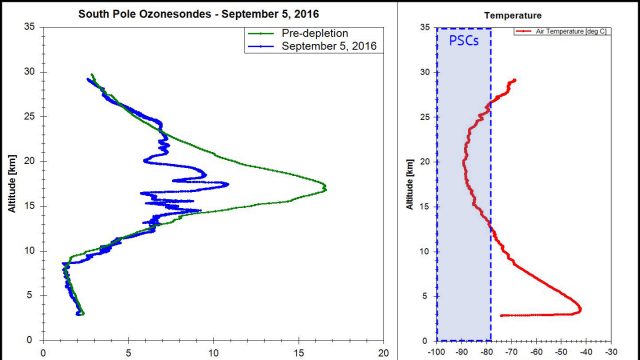By Irina Petropavlovskikh, Secretary of the International Ozone Commission and a CIRES and NOAA scientist September 16 is the International Day for the Preservation of the Ozone Layer, celebrating the anniversary of the 1987 signing of the Montreal Protocol on Substances that Deplete the Ozone Layer. The Montreal Protocol is the globally ratified treaty that… Read More
By NOAA Communications The hole in the ozone layer—the portion of the stratosphere that protects our planet from the Sun’s ultraviolet rays—is continuing to decrease, scientists from NOAA and NASA reported today. This year’s ozone hole over Antarctica had an average area of 8.91 million square miles (23.2 million square kilometers), slightly smaller than the extent of 8.99… Read More
By Irina Petropavlovskikh, Secretary of the International Ozone Commission and a CIRES and NOAA scientist September 16 is the International Day for the Preservation of the Ozone Layer, celebrating the 35th signing anniversary of the 1987 Montreal Protocol treaty on Substances that Deplete the Ozone Layer. We would like to report success in the reduction of the ozone-depleting… Read More
By Irina Petropavlovskikh, Secretary of the International Ozone Commission and a CIRES and NOAA scientist September 16th is International Day for the Preservation of the Ozone Layer, celebrating the 1987 anniversary of the Montreal Protocol on Substances that Deplete the Ozone Layer. This protocol is the first environmental treaty to achieve universal ratification. The Montreal… Read More
By Irina Petropavlovskikh, Secretary of the International Ozone Commission and a CIRES and NOAA scientist September 16th is International Day for the Preservation of the Ozone Layer, commemorating the 1987 anniversary of the signing of the Montreal Protocol on Substances that Deplete the Ozone Layer. Hailed as an example of exceptional international cooperation for the… Read More
Check out this link to our South Pole camera! It shows a picture of the Amundsen-Scott South Pole Station taken every 15 minutes (if a relay satellite is available for transmission) from the roof of the National Science Foundation’s Atmospheric Research Observatory (ARO), which houses NOAA/ESRL’s Clean Air Facility. http://www.esrl.noaa.gov/gmd/obop/spo/livecamera.html .… Read More
By Irina Petropavlovskikh, CIRES and NOAA scientist, from Boulder, September 13 This is the hot time for the NOAA/CIRES ozone team in Boulder and at the South Pole. In Boulder, every day starts with the question, “Any news from South Pole?” We’re all eager to know if the latest sonde launch went well, and if we’re starting to… Read More





